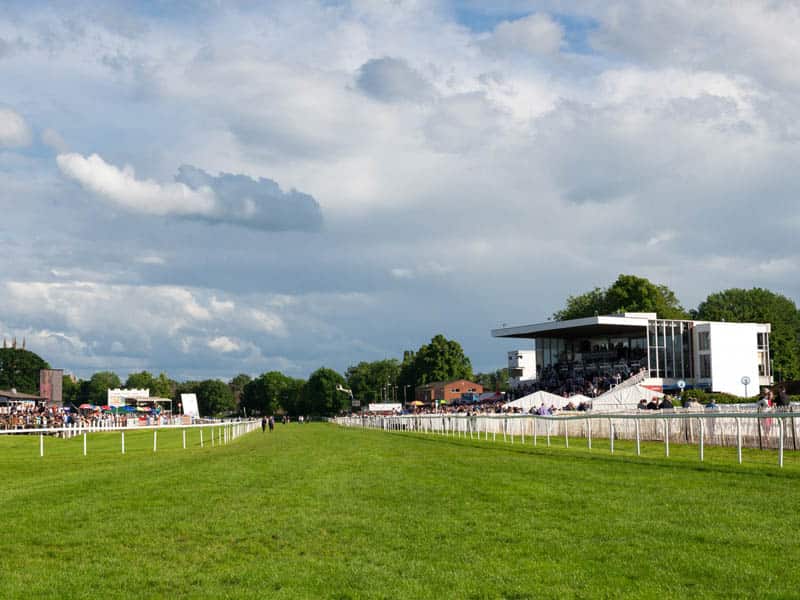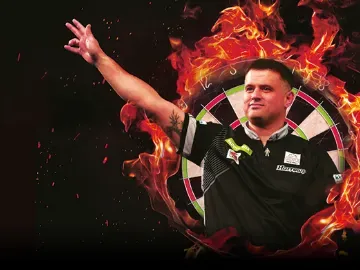The UK is home to two types of racing – flat horse racing and jumps racing.
While there are several differences between the two, most horse racing fans find they can enjoy both. However, it’s not unusual for followers to gravitate either towards one or the other.
There are those who cannot wait for the big flat horse racing meetings to get under way, and others who long for the start of the jump racing season.
Organised flat horse racing in the UK dates back longer, and started to take form in the mid-1700s. But it was about the same time that two men decided to race between two church steeples in County Cork.
Their horses had to jump all the obstacles between the churches, and that match gave us the word steeplechase, which is still in use today.
Jump racing also owes much of its origins to the hunting field, which lives on in the term National Hunt racing – which is still used as a label for the sport.
Both codes have long and fascinating histories - let’s look in more detail at some of the differences between them.
Flat vs Jump Racing at ARC tracks
The UK courses operated by Arena Racing Company can be divided as follows:
Flat Horse Racing Only
Jump Horse Racing Only
Both Flat and Jump Racing
When do Flat Horse Racing and Jump Racing Take Place?
In recent decades, the boundaries between Flat racing and the jump racing season have become blurred.
The advent of all-weather courses has allowed Flat racing to take place all year round, while there are jump meetings through the summer.
However, the traditional Flat horse racing season really kicks into gear with the Lincoln meeting at Doncaster in late March, and runs through to Champions Day in October.
Fans of steeplechase racing and hurdling will tell you the jump racing season hits its stride in late October and runs until the end of April.
Age of Horses Taking Part
Horses can run on the Flat from the age of two onwards. The five UK Classics are restricted to three-year-olds.
It’s not unusual for outstanding horses to be retired to stud at the end of their three-year-old or four-year-old season, though some race on until they are nine or 10.
The youngest a horse can race over jumps is three years old, when it can line up in juvenile hurdles. Horses tend not to run over steeplechase fences until they are five.
However, jumping horses have careers that last much longer. It is not rare for a horse to be racing at the age of 12, and a few have competed until they were 15 or 16.
Sex of Horses Taking Part
Male and female horses can run on the Flat and over jumps.
However, while most male horses on the Flat are colts, the vast majority over jumps are geldings.
Gelding a horse can encourage him to concentrate more on racing. But if you want to use him for breeding purposes after his racing days are over – a key consideration in Flat racing – he must obviously remain a colt.
Weights Carried in Flat Horse Racing and Over Jumps
Horses carry less weight in Flat races than they do over obstacles.
The minimum weight carried in UK Flat races has been 8st 2lb (51.7kg) since 2022, while the top weight is 10st 2lb (64.4kg).
Over jumps, however, the minimum weight is 10st 2lb (64.4kg) and the top weight is 12st (76.2kg).
Distance of Jumps Races vs Flat Horse Racing
The shortest races at Flat racing meetings are sprints over five furlongs (1km), which can be run in just over a minute.
Two miles (3.2km) tends to be the upper limit for Flat horses, though there are some races over farther. The Queen Alexandra Stakes, traditionally the final event at Royal Ascot, is run over two-and-three-quarter-miles (4.4km).
During the jump racing season, meanwhile, two miles (3.2km) is the minimum trip. The longest race in the calendar is the Grand National, run over four miles and 514 yards (6.9km).
How do Flat and Jumps Races Start?
One major difference you’ll notice between Flat horse racing and events during the jump racing season is how each race starts.
In Flat races, runners leap away from numbered stalls. The draw that dictates which horse goes into which stall can make a big difference to its chance at some tracks.
Jump races, meanwhile, are started with the runners in a loose line behind a tape across the track. There is no draw, and the starter tries to ensure all the horses are close up and ready to go before the tape is released.
Ground Conditions
The going – that is, the relative firmness of the conditions underfoot – is a key consideration in both forms of racing.
Traditionally, most major Flat races are run during the summer months on ground between good and firm.
Jump races, however, tend to be run when there is more give in the turf.
Of course, the British climate can make a mockery of a groundsman’s preparations. At all-weather courses, meanwhile, the conditions should be consistent throughout the year.
The Difference Between Hurdles and Fences
Within the jump racing season, there are two distinct types of races.
In a steeplechase, the runners must clear fences that are solidly built and at least four-and-a-half feet (1.37m) high.
Hurdles are less substantial and can be knocked out of the ground by a horse travelling at speed. They are only three-and-a-half feet (1.07m) high.
The only exceptions are the Grand National, run over unique fences dressed with green spruce, and cross-country races run at Cheltenham over a variety of obstacles.





































